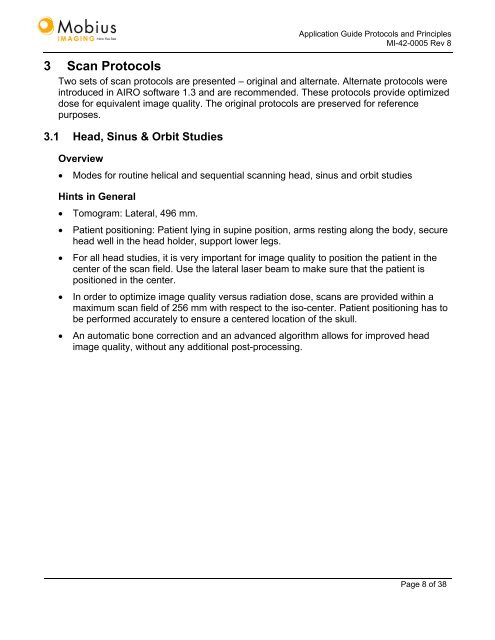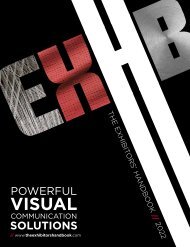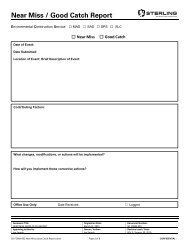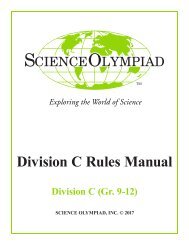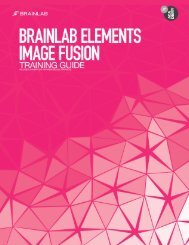AIRO Application Guide Protocols & Principles
You also want an ePaper? Increase the reach of your titles
YUMPU automatically turns print PDFs into web optimized ePapers that Google loves.
<strong>Application</strong> <strong>Guide</strong> <strong>Protocols</strong> and <strong>Principles</strong><br />
MI-42-0005 Rev 8<br />
3 Scan <strong>Protocols</strong><br />
Two sets of scan protocols are presented – original and alternate. Alternate protocols were<br />
introduced in <strong>AIRO</strong> software 1.3 and are recommended. These protocols provide optimized<br />
dose for equivalent image quality. The original protocols are preserved for reference<br />
purposes.<br />
3.1 Head, Sinus & Orbit Studies<br />
Overview<br />
• Modes for routine helical and sequential scanning head, sinus and orbit studies<br />
Hints in General<br />
• Tomogram: Lateral, 496 mm.<br />
• Patient positioning: Patient lying in supine position, arms resting along the body, secure<br />
head well in the head holder, support lower legs.<br />
• For all head studies, it is very important for image quality to position the patient in the<br />
center of the scan field. Use the lateral laser beam to make sure that the patient is<br />
positioned in the center.<br />
• In order to optimize image quality versus radiation dose, scans are provided within a<br />
maximum scan field of 256 mm with respect to the iso-center. Patient positioning has to<br />
be performed accurately to ensure a centered location of the skull.<br />
• An automatic bone correction and an advanced algorithm allows for improved head<br />
image quality, without any additional post-processing.<br />
Page 8 of 38


